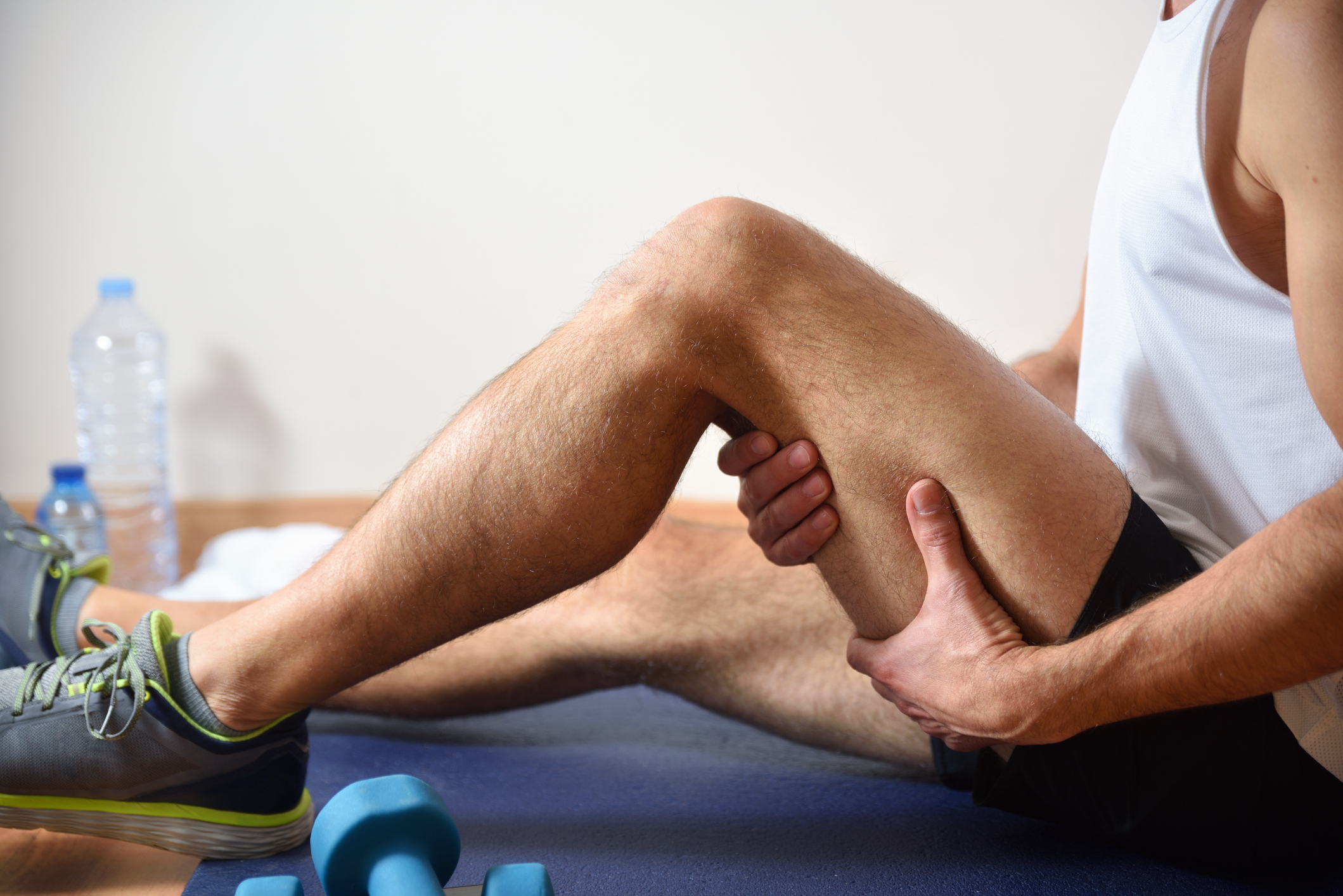Hamstring injuries are common, particularly among athletes, and can range from mild strains to complete muscle tears. They are categorized into three grades based on severity:
The hamstrings are a group of three muscles located at the back of the thigh, running from the hip to just below the knee. These muscles are not heavily used during standing or walking but are active during activities that involve bending the knee, such as running, jumping, and climbing.
Hamstring injuries typically occur during sudden, powerful movements that overstretch the tendons or muscles, or they can develop gradually over time. The risk of recurrence is high, especially if the hamstring has been previously injured.
Initial treatment for a hamstring injury often involves RICE therapy (Rest, Ice, Compression, Elevation) for the first 2 or 3 days. This is followed by a program of gentle exercise and hamstring strengthening exercises. The recovery time varies depending on the injury’s severity, ranging from a few days for a mild strain to several months for a complete tear.
Hamstring strains are caused by rapid contraction or violent stretching of the muscle group, resulting in high mechanical stress. Symptoms can include pain, sensitivity, stiffness, swelling, and in severe cases, a loss of function. Diagnosis may require imaging procedures to determine the exact location and extent of the injury.
Prevention strategies include regular stretching and strengthening exercises, as well as warming up before engaging in physical activities. If an injury is suspected, it is important to seek medical advice, especially if the injury is severe or not healing as expected.


